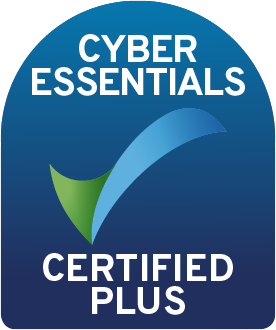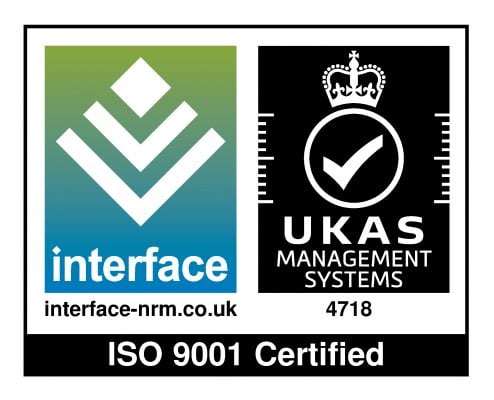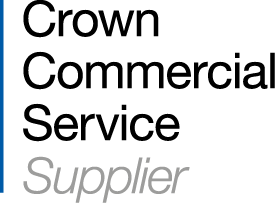Finding motivation at work and maintaining a productive working environment can be a constant challenge for employees and employers alike. Studies have shown that the average office worker is productive for only three hours a day, so experimenting with ways to boost productivity has become a top priority for business leaders. Many organisations have found success in creating motivators at work by using e-learning technology. In this blog, we’ll break down some of the most effective ways of achieving this.
Give your employees a break!
Throughout the working day, employee focus will fluctuate, causing dips in productivity. To avoid burnout, it’s important for staff to take a break from carrying out work-related tasks. Some employees may turn to their smartphones, social media or browsing the internet for a quick hit of entertainment. In fact, 36% of Millennials and Gen Z workers admit to spending two hours or more checking their smartphones at work. Whilst taking a break from work should be encouraged, spending hours on social media is not a suitable option in a professional environment and can further decrease productivity levels.
Balancing work breaks whilst ensuring the best use of company time can be difficult to achieve but e-learning activities can be an effective solution here. In an ideal world, employees would look to spend their spare time improving and developing any relevant skills and competencies that will help them perform better in their roles. But this won’t be the case if L&D activities are dull and feel like hard work.

With an e-learning platform, L&D activities can be made up of a diverse range of engaging content types such as gamified lessons and interactive activities. For example, L&D teams can create gamified content such as matching the word to the definition or image hotspots, designed to impart knowledge in a format that incorporates gameplay elements. With this type of readily available L&D content, employees can take a break from their role-based tasks by completing a fifteen-minute e-learning exercise that feels rewarding and serves as a powerful motivator. As a result, employees can take breaks throughout the day, yet productivity levels remain high as they complete useful L&D tasks.
Get to know LMS gamification, read our functionality page.
Increasing productivity with effective onboarding
Starting a new job can be an extremely overwhelming experience, with plenty of new starters being expected to learn a myriad of processes, navigate new platforms, familiarise themselves with company expectations, and meet a host of new colleagues. It can take a considerable amount of time before new starters begin to perform at the standard they are expected to, particularly if they experience a poor onboarding process.
Having a poor onboarding experience can set new starters up for failure and can have devastating effects on overall productivity levels. On the other hand, employee productivity is increased by 70% by simply having a great onboarding process. Employees are likely to be more productive when they have the relevant skills and knowledge required to perform well in their role, when carried out with the help of e-learning technology effective onboarding can identify any skills gaps early on and ensure that staff are fully trained through comprehensive courses and training programmes.

Find out how an onboarding LMS from Hubken can transform the employee experience and boost motivation at work by reading our use case page or read our guide to creating effective induction programmes with the right e-learning tools.
Check out our onboarding infographic: 7 key benefits of using your LMS for employee onboarding.
Boosting motivation at work with flexible L&D
60% of Millennials think that having a flexible work schedule makes them more productive, allowing them to work during the hours they are most productive and motivated. This is true for essential L&D training carried out in an e-learning environment as employees are not required to adhere to rigid training schedules.
When employees have access to a library of training content within e-learning platforms, they can carry out learning autonomously. This allows them to structure their own learning plans in a way that allows them to fit L&D activities into their work schedules, ensuring productivity levels don’t dip. When L&D activities and training exercises are delivered in an offline environment, initiatives such as lectures, seminars, and workshops require employees to take a set amount of time out of their working day. This can lead to a decrease in motivation at work as L&D becomes a hindrance to any work-related activity.
E-learning content: Create your own or acquire it from a content developer? Find out here.
Motivate employees with L&D incentives
One of the best ways to create motivation at work is to drive employee sense of achievement with incentives. These can be in the form of certificates, monetary gifts, or additional annual leave. In fact, more than 42% of employees pay attention to rewards and incentive programme opportunities when they are on the lookout for employment. When using an e-learning platform, admins can take advantage of features such as badges, certificates and leaderboards which are designed to reward achievements and praise strong performance.

One example of this would be a leaderboard for the highest score on a health and safety training quiz in an LMS. Once employees have completed the quiz, their scores will be automatically generated using the automation functionality in the platform, and their scores will be added to a team leaderboard. Users can keep track of the highest scores and once everyone has completed training, admins can identify and celebrate the top scorer. Having a feature as simple as a leaderboard is a powerful way to drive motivation and increase productivity levels, and with e-learning technology, it’s easy to achieve.
Looking for ways to boost learner engagement? We've got you covered, read our top tips.
Give your employees a voice with e-learning technology
Research has shown that employees who feel heard are 4.6 times more likely to perform at their best. A key contributor to this is allowing employees to have a voice when it comes to making company suggestions, asking questions, engaging in discussions with peers or being able to speak directly to managers and those in a position of power within the company.
For many organisations, this is easier said than done, with problems arising in circumstances such as remote working or large businesses with thousands of employees wanting to have their say. E-learning platforms such as a learning experience platform (LXP) can be a powerful solution here.
An LXP such as Totara Engage offers features such as forums, discussion boards, polls and wikis, all of which are designed to encourage employees to generate their own content and engage in a platform that allows them to have a voice regardless of location, job role, department or company size. Admins can grant managers or relevant parties full access to any discussions or online communication that takes place within the LXP, enabling them to gain real insights into how employees are feeling and any ideas that have been put forward. This allows businesses to be proactive about listening to their employees and making real change that will in turn, motivate employees and create a better and more productive working environment.
Like the sound of Totara Engage? Discover the benefits of informal learning.
Discover how our e-learning software can help you create effective motivators at work
Having explored just some of the ways you can use e-learning to increase productivity and motivate your workforce, perhaps you’re ready to put these ideas into practice. If you’re in need of a powerful e-learning platform that can help you achieve this, explore our product pages here or get in touch with one of our e-learning experts to find the perfect solution.

Book your free LMS demo today
Book a demo with one of our e-learning experts and learn first-hand how a Hubken LMS can help you create effective motivators at work.
.png?width=1080&height=150&name=Slim%20blog%20CTAs%20(16).png)
.png?width=1080&height=150&name=Slim%20blog%20CTAs%20(13).png)
.png?width=1080&height=150&name=Slim%20blog%20CTAs%20(17).png)



